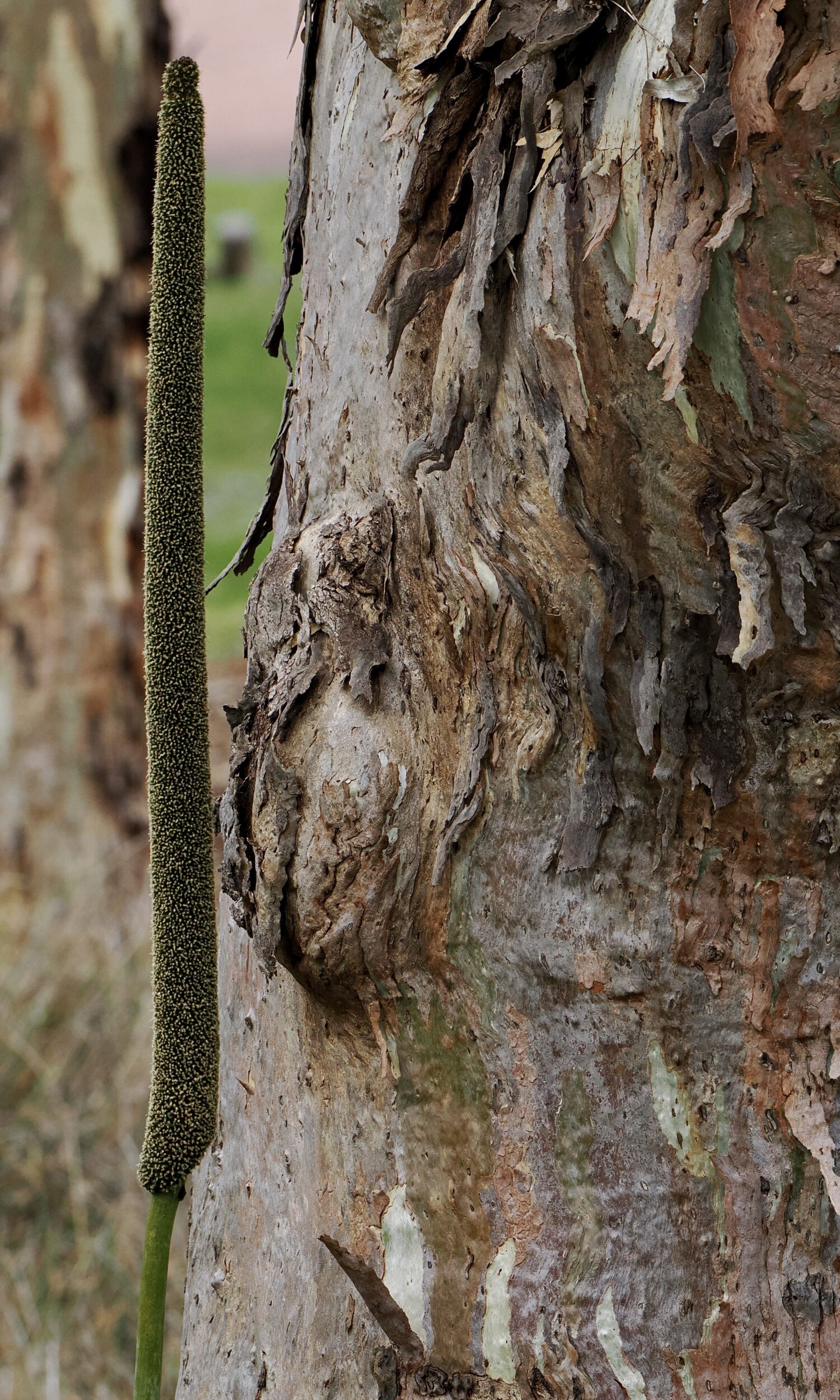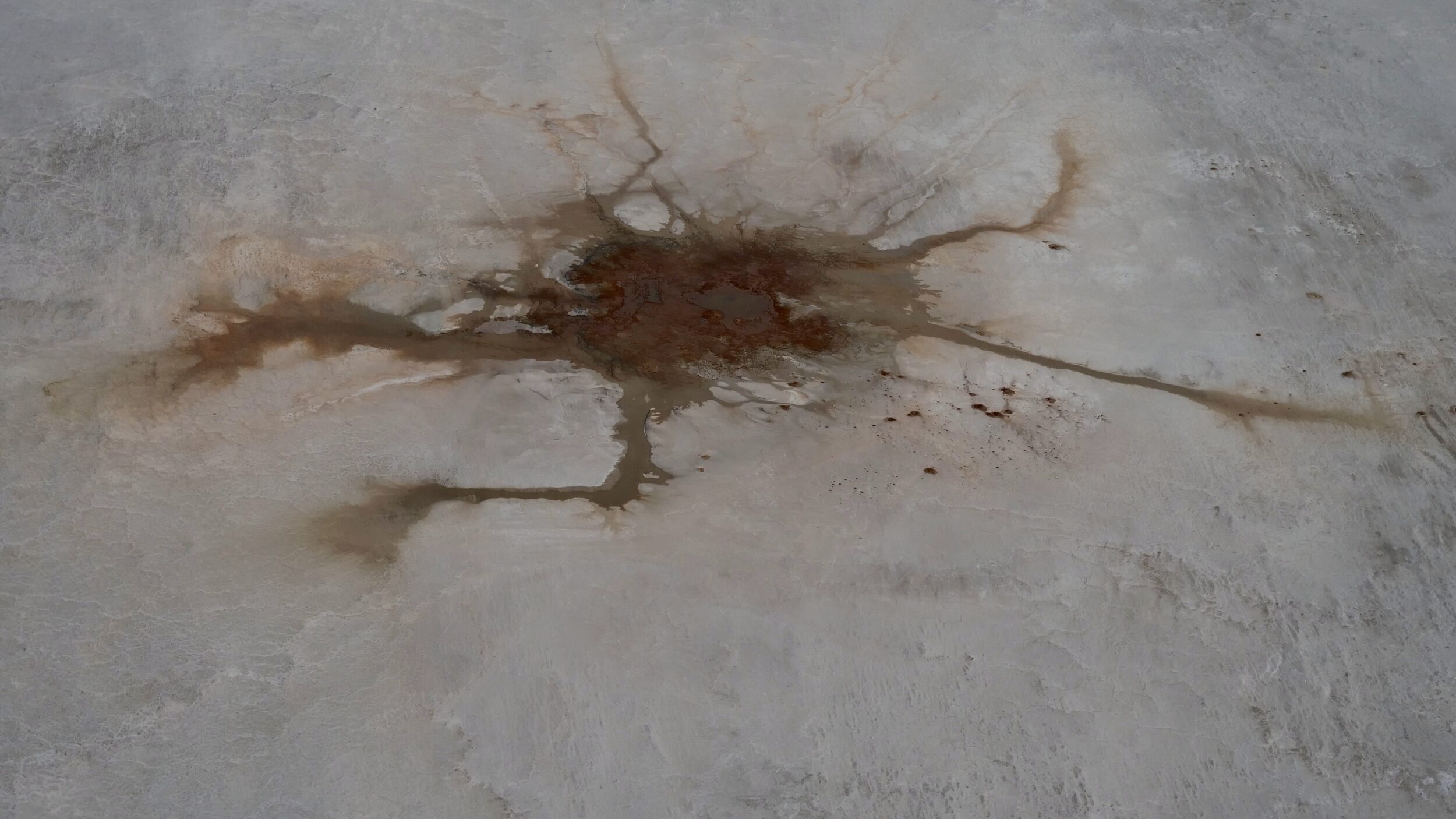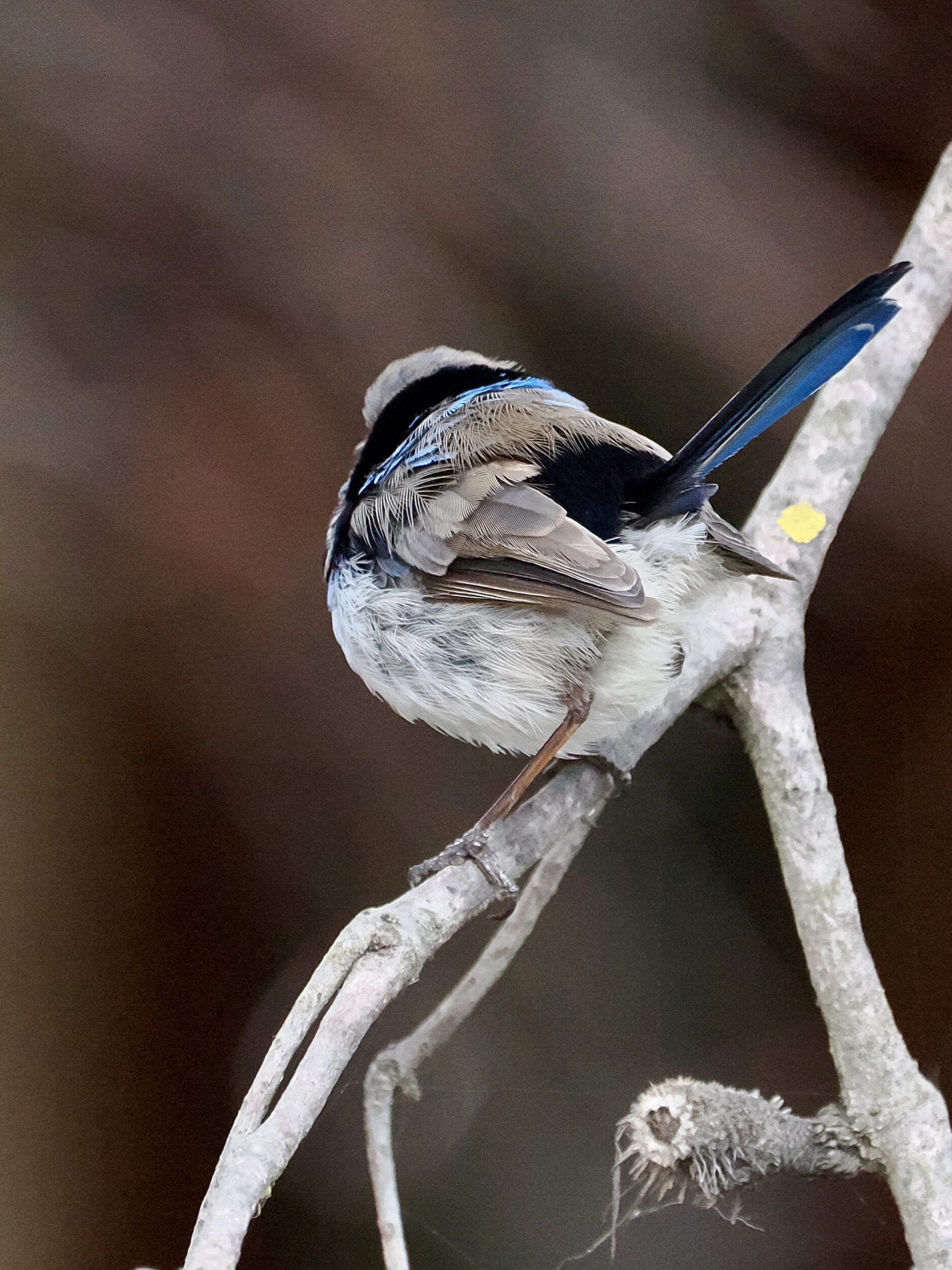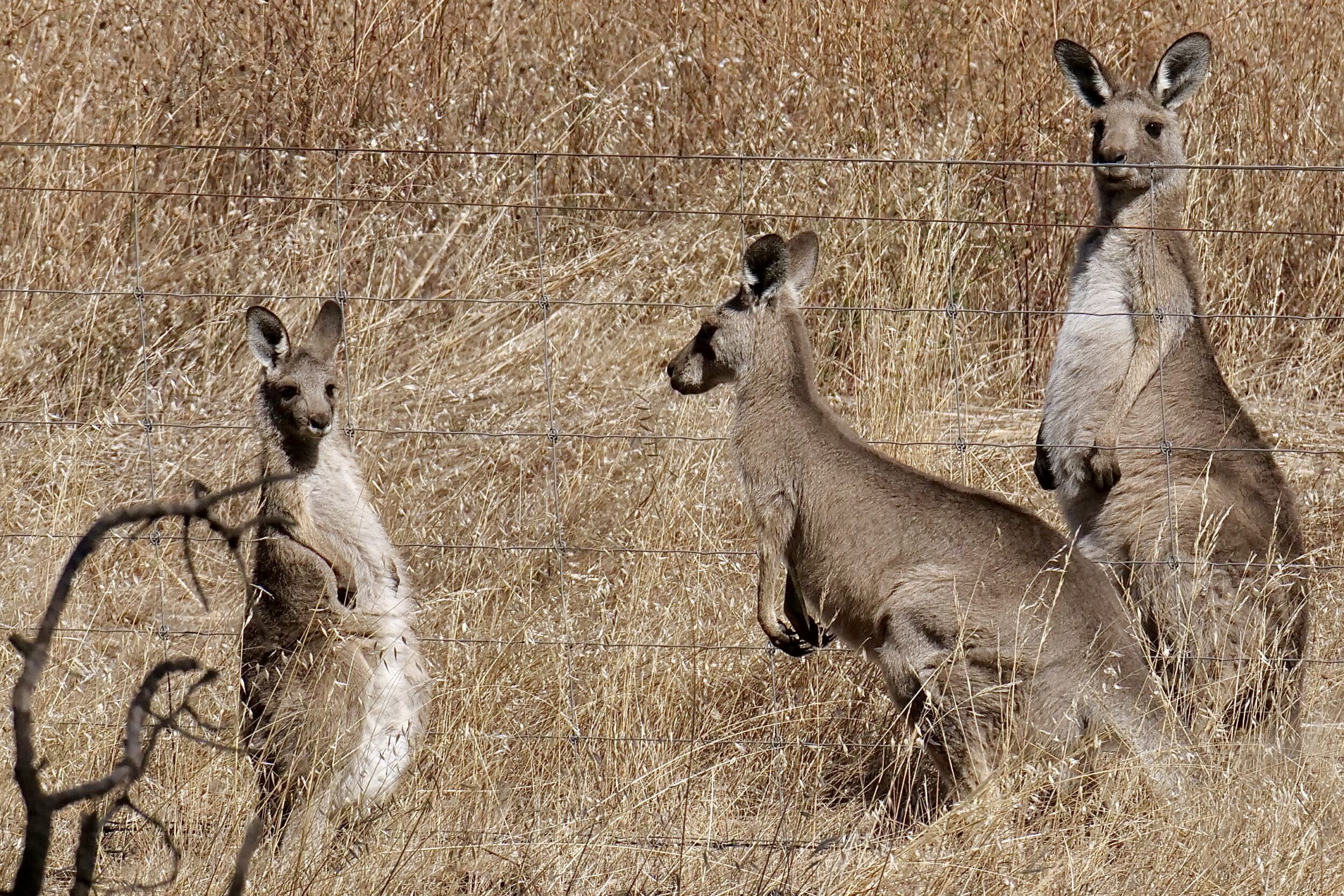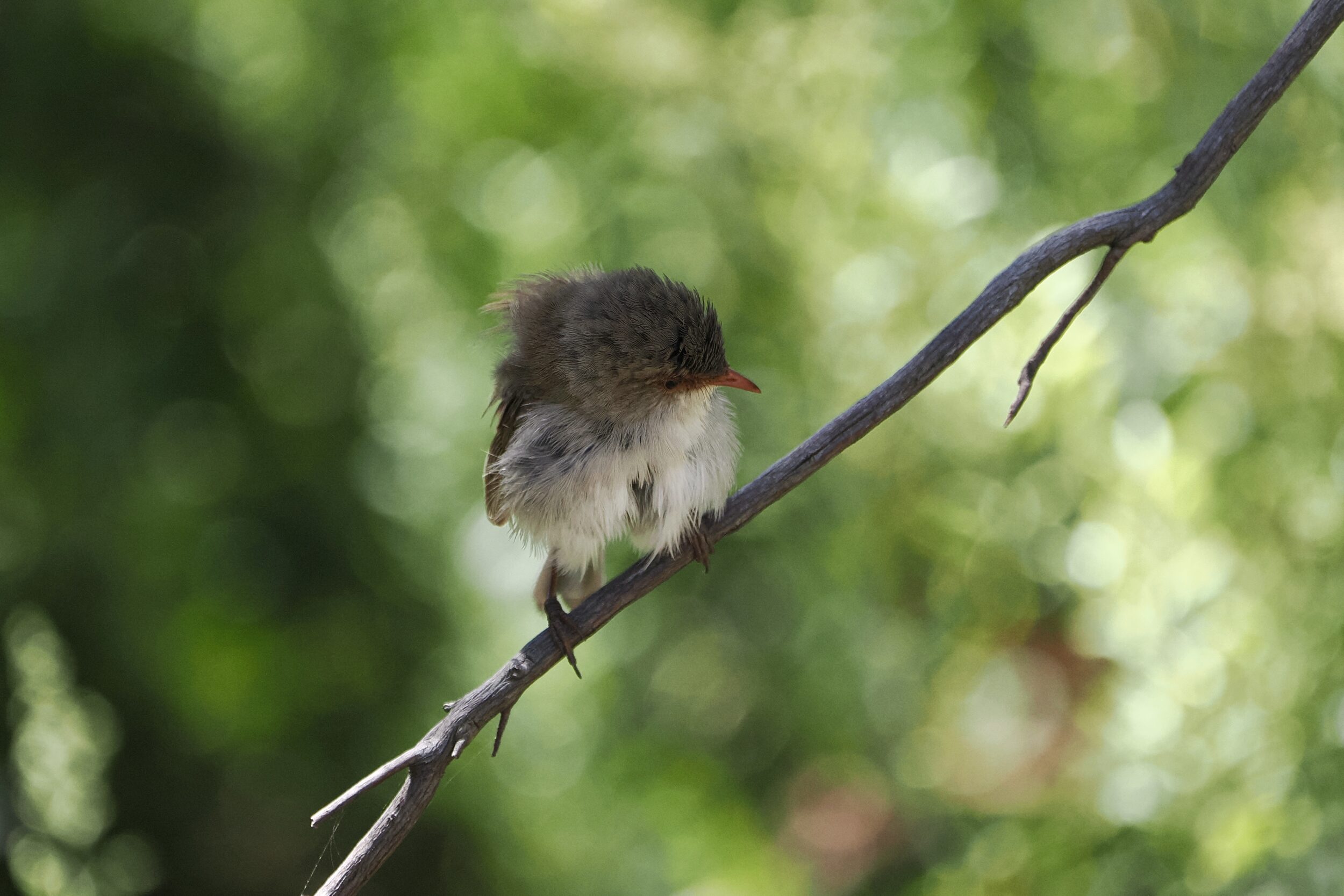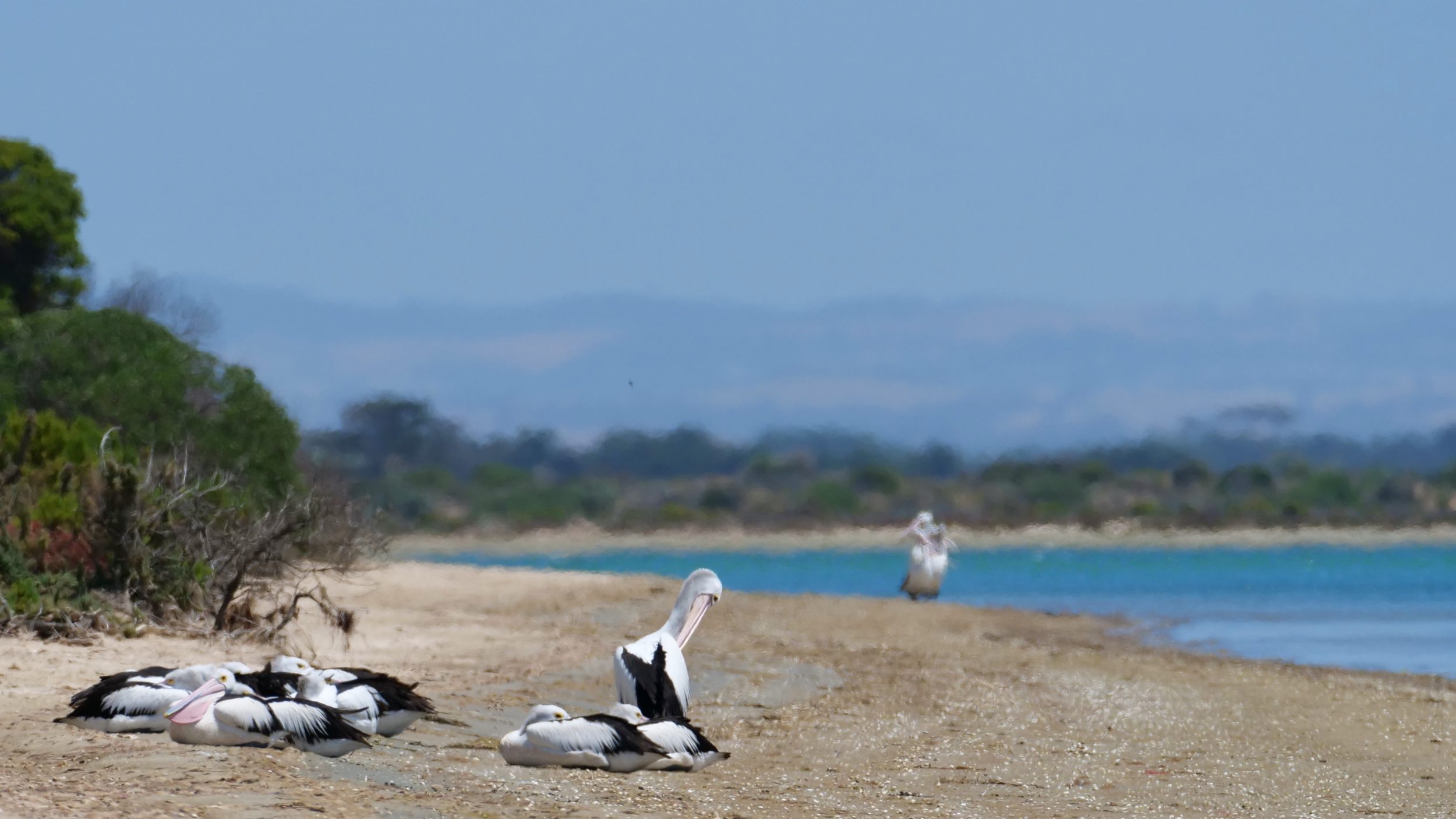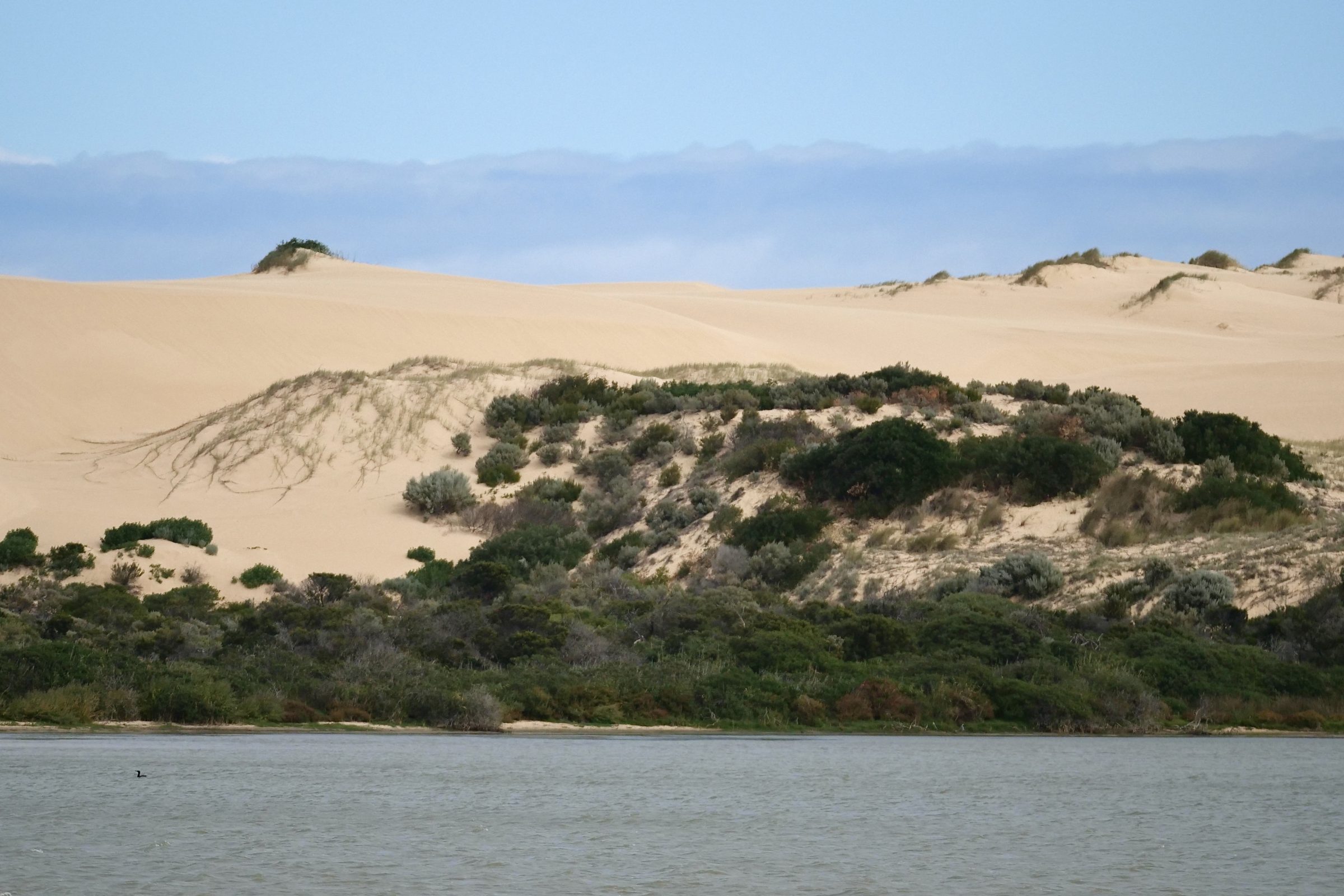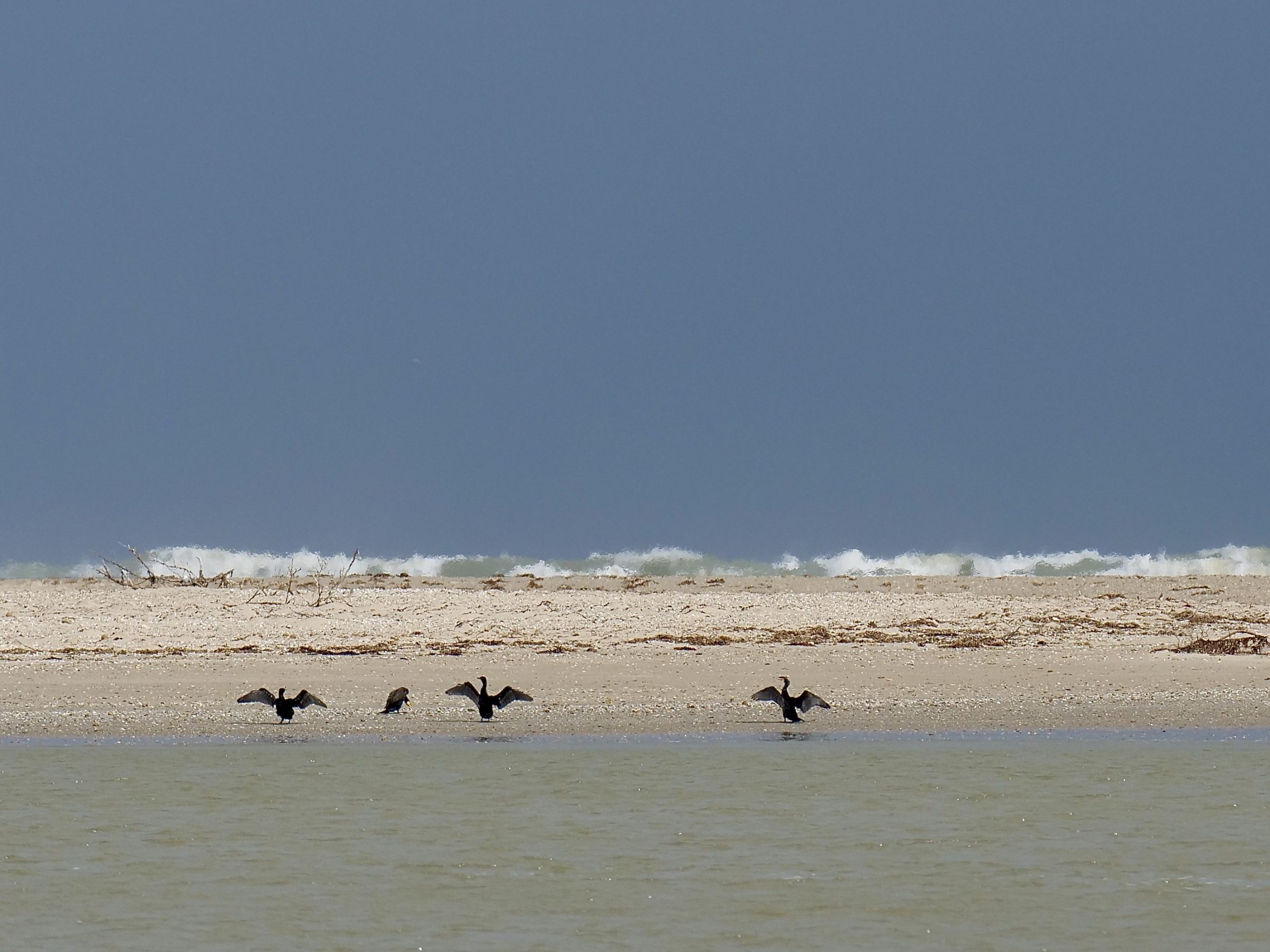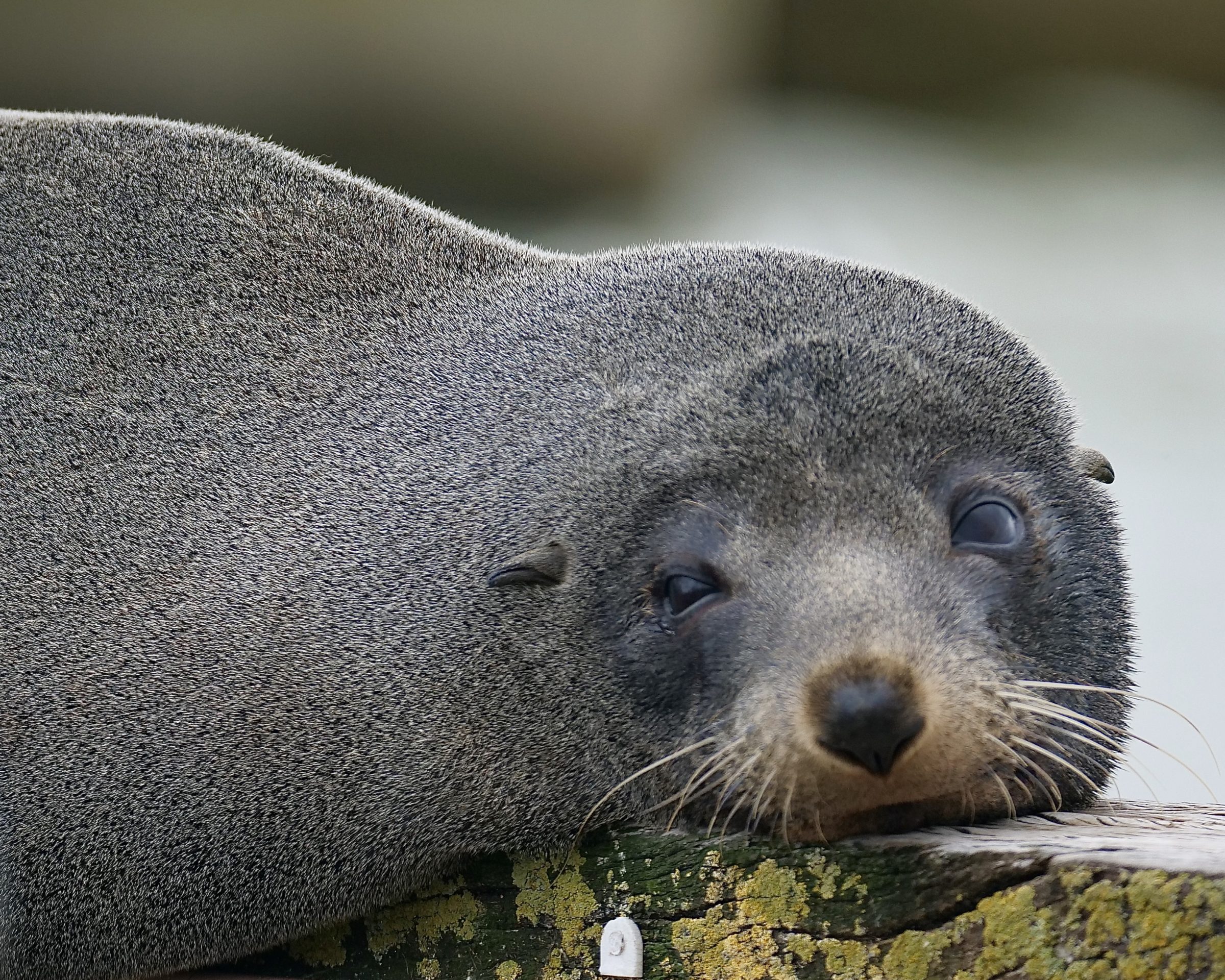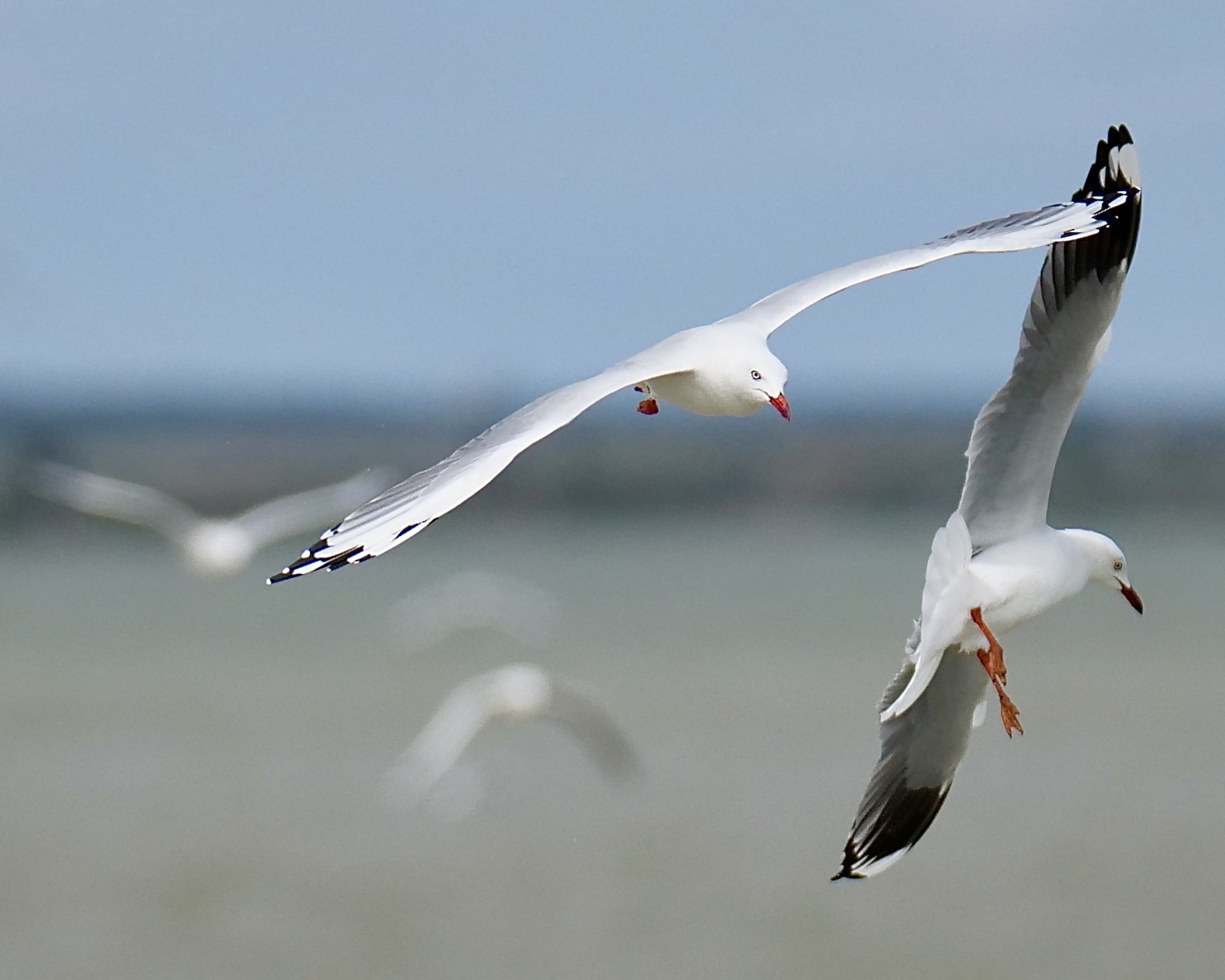Northern South Australia and the south of the Northern Territory are deservedly celebrated for their vast, “cinematic” landscapes.
Any visitor can hardly fail to be in awe of the big skies, the far-distant horizons, and the extravagantly colourful, harsh/glorious, obviously-ancient terrain.
Too many visitors, however, fail to pay attention to what’s literally right in front of them, or just behind, or immediately above them.
The “small” view – of whatever is within “touching distance” – is almost always at least as rewarding as is any “sweeping plains and rugged mountain ranges” perspective.
Comments closed